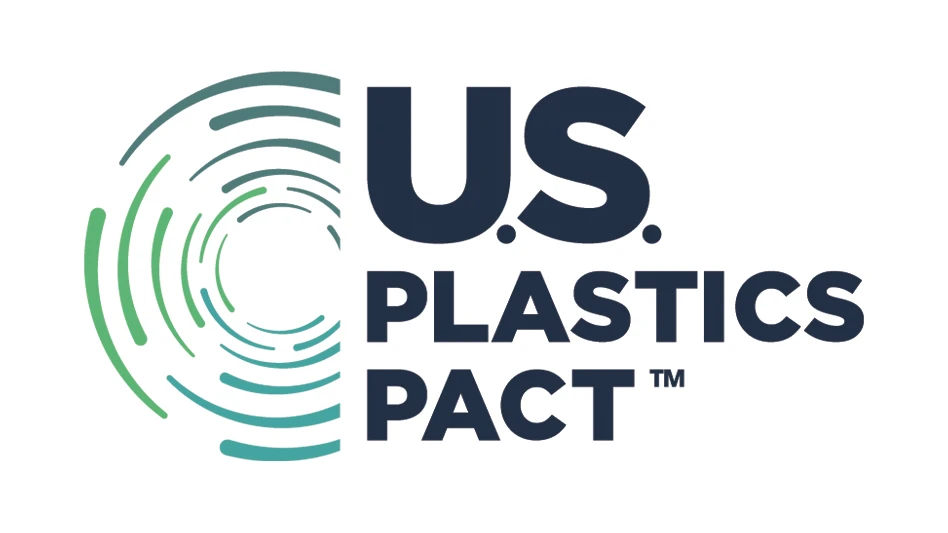THE SEARCH FOR SCRAP
Recyclers were able to sell their ferrous scrap for more per ton in July, but it did not necessarily help improve their volume levels or margins.
"Even with prices coming up, it’s been tough to get scrap," says a recycler in the Southeast. He attributes the situation to weak industrial scrap flow, diminished demolition scrap generation and the stiff competition among shredding plant operators to keep their large, new machines fed.
A recycler in the mid-South notes, "There’s not really any scrap around; the prices in July are bringing out a little more scrap than we’ve seen, but I’d say it’s still modest at best across the board."
What the Southern recyclers and processors in other regions are calling "price wars" are helping bring in some more obsolete scrap to shredder yards, but potentially at the cost of squeezing any profitability out of the process.
The recycler in the mid-South comments, "I don’t know if it’s desperation or lack of discipline, but before the July market even hit we had competitors out bidding up the scrap before the price increase even happened."
He adds that he is not eager to buy scrap at any price. "I don’t need to run the machines for practice, and I don’t need to lose money."
Even with the active bidding for scrap, one recycler notes that this only helps bring in certain types of obsolete scrap. "There has been a small increase in generation from our industrial accounts—maybe 10 percent—but generation of industrial grades is still horrible," says the recycler.
"There is some flow of cars and appliances and other obsolete scrap, but hardly any demo scrap," he adds.
The woes on the supply side seem to have been the biggest factor in the scrap price increases that were recorded in transactions taking place in the first half of July.
Spot market buyers, as indicated by transaction pricing compiled by Management Science Associates Inc. (MSA) for its Raw Material Data Aggregation Service (RMDAS), paid significantly more for prompt industrial composite grades in particular in July.
That grade, which includes new production scrap such as No. 1 busheling, No. 1 bundles and No. 1 factory bundles, commanded $60 more per ton in the South and $80 more per ton in the RMDAS North Central/East region. (That region includes mills in Illinois, Iowa, Kansas, Minnesota, Missouri, Nebraska, Wisconsin and the northwest corner of Indiana.)
Also rising, but in a range from $43 to $51 per ton, was the RMDAS No. 2 shredded scrap grade, defined as shred containing above .17 percent copper content.
July transactions also revealed mills paid more for No. 1 heavy melting scrap (HMS), in a range from $42 to $51.
The boost in prices paid for prompt grades brought that figure to nearly $300 per ton, a level that has not been reached since September 2008, when prices were declining from the historic peak reached in the spring and summer of 2008.
Supply shortages of scrap—and busheling in particular—are being cited by recyclers as a predominant factor in the price hike. With appliance and auto production in a slump, factory stampings are hard to come by.
Global demand for scrap also has played some role in the price revival, as steelmakers produced more crude steel in June of 2009 than in May or April.
After world crude steel production for the 66 countries reporting to the Brussels-based World Steel Association (www.worldsteel.org) increased by 7 percent in May compared to April, a further 4 percent increase in June brought global steel production for the month to nearly 100 million metric tons.
Global production remains well below what was being churned out one year ago, when more than 118 million metric tons of crude steel was produced in June 2008.
But in almost every geographic region of the world, more steel was produced in June vs. May. Among the larger nations:
• China produced nearly 3 million more metric tons in June compared to May.
• Japan showed a 400,000-metric-ton monthly increase.
• Germany produced nearly 300,000 metric tons more.
• Russia’s output rose by more than 200,000 metric tons.
• The United States produced about 100,000 metric tons more steel in June.
Not all nations demonstrated increases, however, as South Korea, India and Spain showed slight decreases in production, according to World Steel.
(Additional news about ferrous scrap, including breaking news and consuming industry reports, is available online at www.RecyclingToday.com.)

Explore the August 2009 Issue
Check out more from this issue and find your next story to read.
Latest from Recycling Today
- NRC seeks speakers for October event
- LME identifies Hong Kong warehouses
- Greenville, Mississippi, launches aluminum can recycling program
- Cotton Lives On kicks off 2025 recycling activities
- Georgia-Pacific names president of corrugated business
- Sev.en Global Investments completes acquisitions of Celsa Steel UK, Celsa Nordic
- Wisconsin Aluminum Foundry is a finalist for US manufacturing leadership award
- MetalX announces leadership appointments





